Concert II
Thursday, December 2, 2021
Holiday Hopes: dream, pray, love
Concert 7:30 p.m.
Celebrating the thoughts and prayers of brother and sisterhood, featuring the Grand Symphony Chorus.
Program
Englebert Humperdinck – Overture to Hansel and Gretel
Peter Lawson – Christmas in Lapland
Ernest Bloch – Prayer from Jewish Life, Qizhen Liu, cello soloist
Samuel Coleridge Taylor – Christmas Overture
Christmas Carol Sing Along
Beethoven – Symphony No. 9, Finale
Jennifer Bird-Arvidsson, soprano
Virginia Dupuy, alto
Eric Laine, tenor
Christopher Besch, bass
Special guests: UTSA Choirs, Dr. Yoojin Muhn, director
Members of the Grand Symphony Chorus, Dr. Yoojin Muhn, chorus master
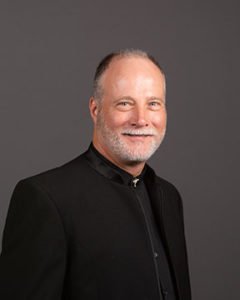 From the conductor:
From the conductor:
The annual holiday concert takes on special meaning with “Holiday Hopes.” We often say to those we love, “You are in our thoughts and prayers” around the holidays. Many composers have expressed wishes, dreams, love and prayers in beautiful and profound settings, including Engelbert Humperdinck’s fantasy opera “Hansel and Gretel,” which contains the poignant music entitled “Evening Prayer” from Act 2. Our thoughts move to the northernmost parts of the planet, with Lawson’s “Christmas in Lapland,” an imaginary journey with evocative sounds of the season. Ernest Bloch, a Swiss-American composer, composed some of the most profoundly moving settings of prayers, particularly expressed on the cello. We will hear the intimate and profound performance of the “Prayer from Jewish Life”, and featuring a guest solo cellist. The Symphony of the Hills has dreamed of performing Beethoven’s great Symphony No. 9 Finale since the pandemic year intervened. We celebrate the thoughts and prayers of brother and sisterhood in Beethoven’s great masterpiece, along with celebrated vocal soloists and the Grand Symphony Chorus.
We hope to see you there,
Gene Dowdy, conductor & artistic director
Concert Notes
Concert Two: Holiday Hopes
Humperdinck – Overture to Hansel and Gretel, 8 min
Engelbert Humperdinck (1854-1921) was born in the Rhineland. He evinced an early gift for the piano and composition, but his parents, as is so often the case, had other aspirations for him. Nevertheless, Humperdinck continued his musical training, impressing a series of teachers. Humperdinck went to Bayreuth, at Richard Wagner’s invitation, in 1880 and assisted with the production of Parsifal. He also tutored Wagner’s son Siegfried musically. For the next forty years, Humperdinck’s musical work centered on composition, theatrical production and teaching in various settings. Like a number of German Romantic composers, he was deeply influenced by Wagner and his commitment to music helping foster German culture rooted in both myth and folktale.
Hansel and Gretel, based on the Brothers Grimm’s tale, is his unquestioned masterpiece. It began as a group of songs composed for his nieces, expanding into a full opera. He began work on it in 1890, and it premiered under the baton of Richard Strauss in December 1893, quickly becoming a favorite, particularly during the holiday season. Humperdinck composed several other musical stage works as well as incidental music for other productions during his career. He was close to accepting a teaching role in Sydney, Australia, when World War I broke out. In 1921 he died of a heart attack during a performance of his son Wolfram’s production of Der Freischutz.
Lawson – Christmas in Lapland, 5 min
British composer Peter Lawson (1951- ) is a pianist and the author of more than 100 pieces of music. His “Christmas in Lapland” carries us on a colorful sleigh ride through northern Scandinavia, musically capturing such features as pine forests, the Northern Lights, a church celebration, and forest creatures. An amateur botanist, Lawson has photographed and musically described the 48 varieties of wild orchids in Britain.
Bloch – Prayer from Jewish Life, 5 min
(cello soloist Qizhen Liu)
Ernest Bloch (1880-1959) is the most celebrated of Swiss composers. He pursued his musical education as violinist and composer in Europe before coming to America in 1916 and become an American citizen in 1924. His America, an Epic Rhapsody, won a national prize in 1927. Musically, Bloch is difficult to fit into any of the dominant “schools” of the first half of the 20th century. What is clear, though, is the powerful musical presence of his Jewish heritage, as illustrated in this “Prayer.” Indeed, he is quoted as having said that drawing on this heritage was “the only way in which I can produce music of vitality and significance.” After living much of the 1930s in Switzerland, he returned to America in 1939 and settled in Oregon. His works include symphonies, concertos, and many chamber works.
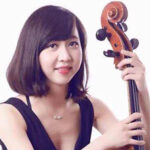
Qizhen Liu
Cellist Qizhen Liu currently serves as section cellist in the San Antonio Symphony and principal cellist of the Symphony of the Hills. Qizhen is a multiple prizewinner and has performed throughout North America, Europe, and Asia as a solo, chamber, and orchestral musician.
Qizhen Liu holds a BM in Cello Performance and BA in German Studies at Bard College. She earned a graduate degree of music from Yale School of Music and a Doctorate of Music Arts from University of Missouri, Kansas City.
Qizhen currently teaches at University of the Incarnate Word.
Samuel Coleridge Taylor – Christmas Overture, 6 min
Born to Daniel Taylor of Sierra Leone and Alice Martin of Britain, where Taylor was studying medicine, Samuel Coleridge Taylor (1875-1912) was raised by his British family when his father returned to Africa before his birth. It was a musical family, and Samuel’s gifts were encouraged. He was also encouraged in composition by Sir Edward Elgar. Taylor’s music can be thoroughly “English,” as in this overture, but he also sought to incorporate African musical roots, in the manner, it is said, of Brahms using Hungarian folk melodies and Dvorak those of Bohemia.
Taylor visited America on three occasions, and his most popular work was a cantata entitled The Feast of Hiawatha (a name he gave his son). This work was hugely popular throughout Britain and often performed by choirs. Taylor died at the age of 37 of pneumonia.
Christmas Carol Sing Along, 4 min
Can it be the holiday concert without audience and orchestra celebrating together in song?
Intermission
Beethoven – Symphony No. 9, IV – Finale, 24 min
Ludwig van Beethoven (1770-1827), the 250th anniversary of whose birth we continue to observe because of necessary delay, was the lion of classical music. Beethoven is regarded as the musical bridge between the classical era of Haydn and Mozart and the Romanticism of the 19th century. Indeed, it is said that his father taught him rigorously in the hope that he would be a child prodigy like Mozart, and later Beethoven studied with Haydn. But his musical genius was slave to neither!
Beethoven composed nine symphonies, five piano concertos, 32 piano sonatas, two masses, a single opera, sixteen string quartets and many other works in his career. Sadly, the deafness which was total in his last years began to come on him before he was thirty, but it failed to stem his creative powers. As a symphonist, Beethoven is credited with expanding the symphony’s size and orchestration, as well as its harmonics and the overall musical coherence of the form. To listen to his symphonies in sequence, from the early first to the grand choral ninth, is to appreciate how Beethoven expanded symphonic language.
In his final symphony, Beethoven could not be limited by even his broad instrumental array, and he added the human voice. He drew on the poetry of Friedrich Schiller, slightly adapting a work from Schiller’s youth. The “Ode to Joy” celebrates the spirit uniting all humans, a joy found in both Nature and in all relationships. It conveys a spirit of life-affirming liberty as well, something that Beethoven found compelling in those days of the trembling of the old order in the face of political freedom. The song has found many adherents and expressions, including its hymn version “Joyful, Joyful.” Beethoven’s stirring melody has been adopted by the European Union as its anthem.
Featured Performers
 Jennifer Bird
Jennifer Bird
Read More >>
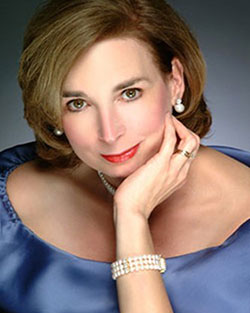 Virginia Dupuy
Virginia Dupuy
Read More >>
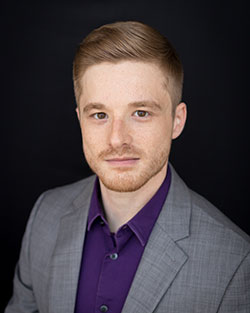 Eric Laine
Eric Laine
Read More >>
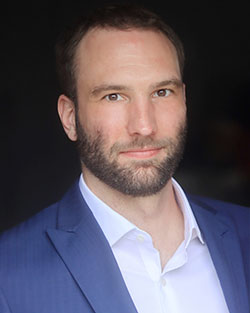 Christopher Besch
Christopher Besch
Read More >>
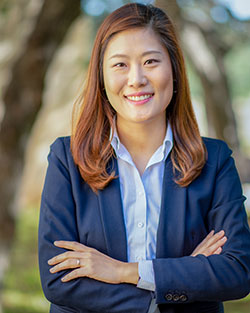 Yoojin Muhn
Yoojin Muhn
Read More >>
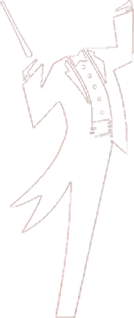
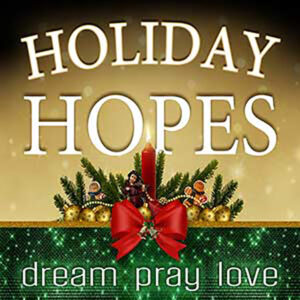


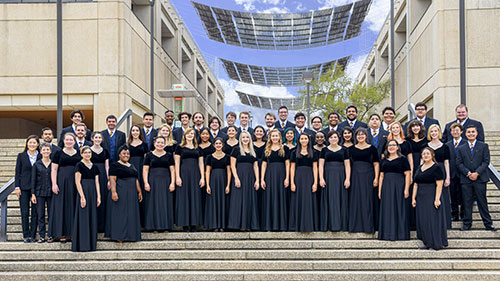 UTSA Choirs
UTSA Choirs